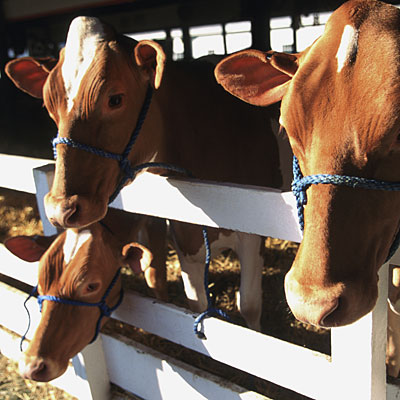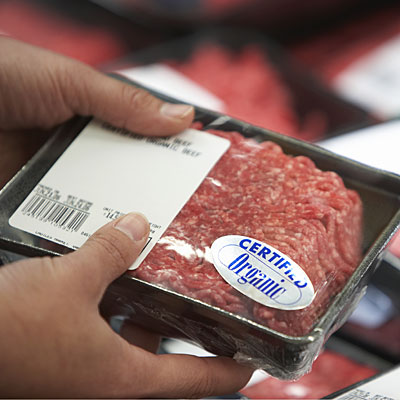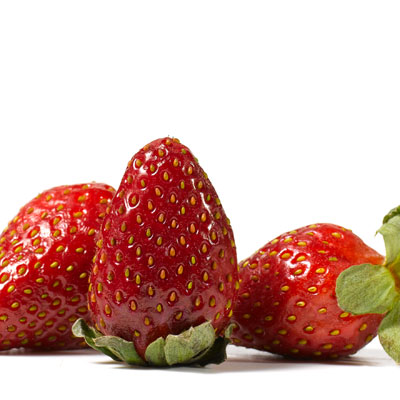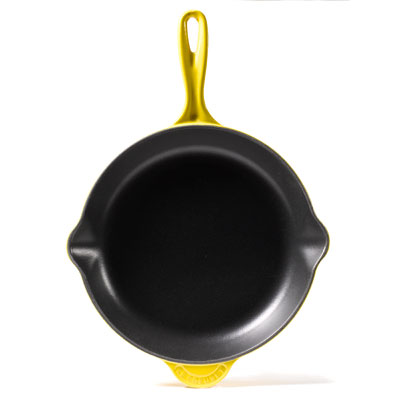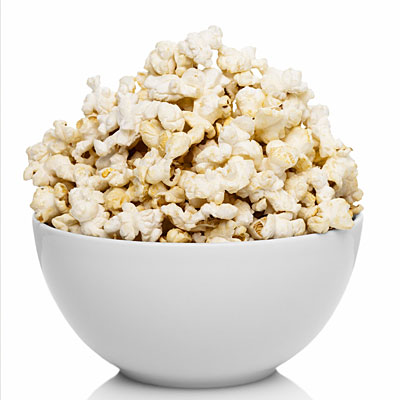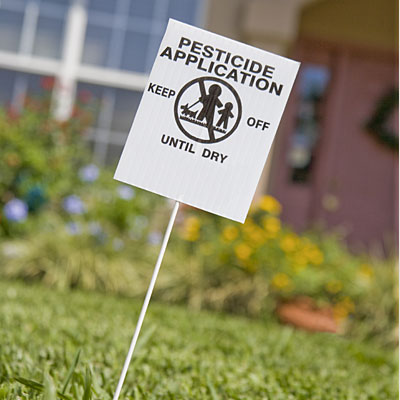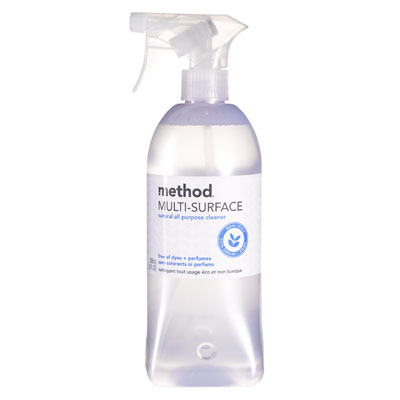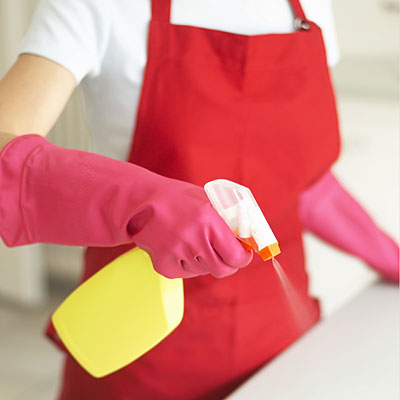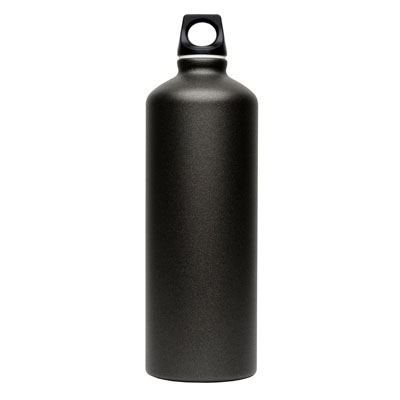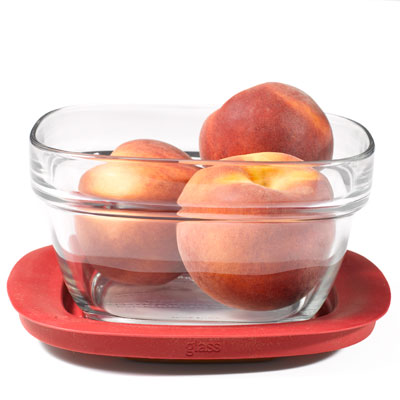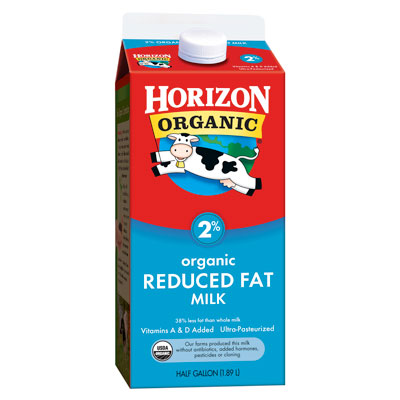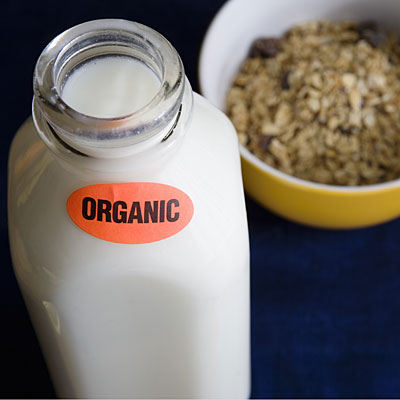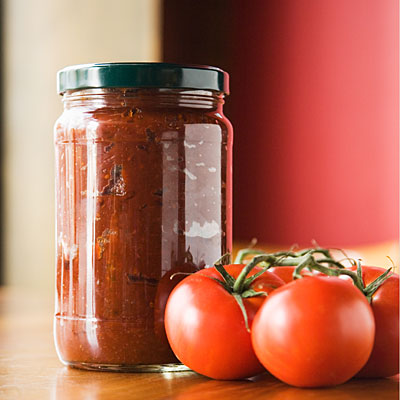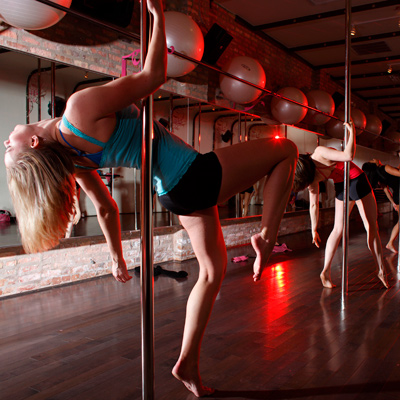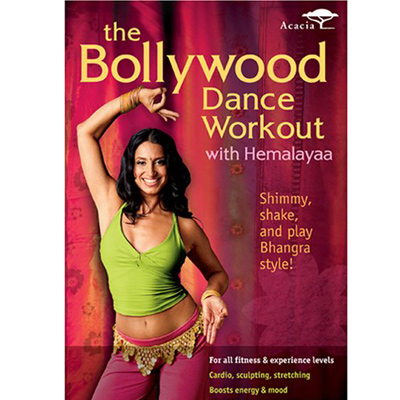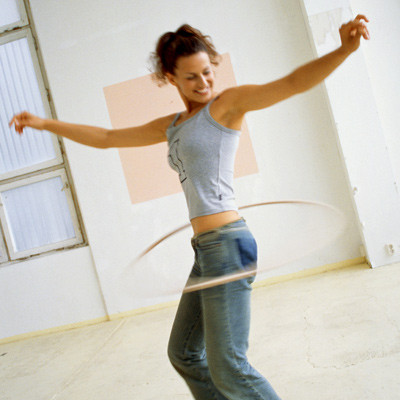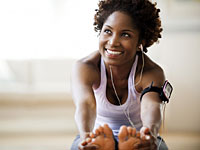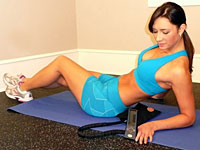Courtesy of USA TODAY 
Shannon Miller's competitive spirit and life-long love for exercise are
helping her fight the brave fight again. This time, beating cancer is
her mission.
"A friend said to me: 'This cancer diagnosis is like being on the balance beam. You fall off. You get back up.' "
The
former Olympic gold-medal gymnast is "back up" after being diagnosed
with a germ cell malignancy, a form of ovarian cancer, in December. She
started nine weeks of chemotherapy March 9 after doctors removed a
baseball-size cyst and an ovary. And she started an exercise program
that she follows faithfully, even during treatment.
Experts
say she is on the right track: assisting her treatment by exercising.
Many of the 12 million cancer survivors in the USA also would benefit,
they say.
"There is a growing body of research
showing exercise not only helps with the side effects of treatment but
also decreases the recurrence risk and improves overall survival," says
researcher Melinda Irwin, an associate professor of epidemiology and
public health at Yale.
"My prognosis is good,"
says Miller, 34. She says her doctors have said they're hopeful that
she and her husband, John Falconetti, will be able to have more
children. Their son, Rocco, is 15 months old. The family lives in
Jacksonville near John's parents, who, along with friends, help with
Rocco on treatment days.
Miller concedes it
isn't easy. She says there are many days she just wants to lie in bed,
usually during the first week of a three-week treatment cycle. That's
when she has five straight days of chemotherapy for five to six hours a day. The other two weeks, she has chemo one day a week.
Nutrition can be a problem. She says she always
has had a tendency to become dehydrated, and at one point, she ended up
in the hospital because of dehydration after a round of chemo.
Exercise isn't always possible, but more often than not, she says, she finds time to be on her exercise mat at home.
"I
find exercise is really helping me with the nausea and fatigue and
helping me regain control of my life," says Miller, who won two gold and
seven Olympic medals overall in 1992 and 1996.
She
says her physical activity also helps her with "chemo brain," a
fogginess that can cause forgetfulness and lead to depression.
A far cry from Olympic workouts
The level and kinds of exercise Miller does are endorsed by the
American Cancer Society and the National Cancer Institute.
"People think. 'Oh, she's an Olympian. She's probably doing three-hour workouts.' That's not the case at all," she says.
After
getting a green light from her physician, Miller began a routine in
which she spends 10 to 15 minutes a day doing yoga, lifting 2- to
3-pound weights and walking or swimming. She says she gets winded and
has to listen to her body, "which I got very good at doing as an
athlete, learning when to rest and when to push it."
The
2006 American Cancer Society guidelines on nutrition and exercise say
patients receiving chemotherapy and radiation therapy who are already on
an exercise program may need to exercise at a lower intensity and
progress at a slower pace temporarily, but the principal goal should be
to maintain physical activity as much as possible.
Epidemiologist
Larry Kushi, ACS spokesman, says the organization is in the process of
updating the 2006 guide and will expand on the benefits of exercise. He
adds that he's unaware of any research showing exercise has a negative
impact on cancer treatments.
"She's totally
doing the right thing," says Yale researcher Irwin, who is a former
competitive gymnast herself, "but not nearly as good as Shannon Miller."
The research behind it
Irwin
says the verdict is still out on how exercise benefits cancer
survivors, but she notes studies in which breast cancer survivors who
exercise have lower levels of insulin, and some studies have shown that
high levels of insulin strongly increase the risk of breast cancer
recurrence and death.
Her National Cancer
Institute-funded trial involving 230 sedentary women diagnosed with
ovarian cancer is examining the impact of exercise on quality of life,
fatigue and survival.
"Our study is the
largest exercise trial in cancer survivors," she says. It will provide
critical information in understanding the potential mechanisms through
which physical activity may affect ovarian cancer risk and prognosis,
including what roles estrogens, insulin and insulin-like growth factors
might play.
In a 2008 study in which she
participated, Irwin says, "we not only showed an improvement in survival
from breast cancer, but survival from other causes, such as
cardiovascular disease and diabetes, so exercise is really associated
with a multitude of benefits."
Miller says she
has kept up with the research on exercise and cancer, but that hasn't
been the driving factor behind her workouts.
Even
before her diagnosis, she had long been an advocate for healthy living.
She started her own business, Shannon Miller Lifestyles, after getting a
marketing degree from the
University of Houston and a law degree from
Boston College. The focus is on fitness, health and nutrition, and pregnancy and motherhood.
She is an author and motivational speaker, and she has continued her radio show on SML Radio during her treatments.
Her son 'keeps me going'
Being
an avid journal writer has helped Miller lately. She has kept journals
for as long as she can remember, she says, but now, outlining her
treatments, diet and workouts has helped her feel she has regained
control of her life. She's featuring her writings on her website,
documenting her journey through chemotherapy.
"I
have trouble remembering what works and what doesn't," she says. "I
write everything down. That way, when you're having a bad day, you can
look back and see what you did that might help you have a good day
again.
"Sometimes even looking back and knowing you had a good day is a big boost."
And being a mom has helped as well. By far, walking with her toddler to the park is her favorite way to get her exercise.
"People
think it must be tough with a small child," she says. "But he keeps me
going. He loves to walk. He holds onto my hand and walks to the park
with me. We can't slow him down."
Rocco certainly plays a role in her weight-lifting routine as well, she says.
"Anyone with a toddler knows you have to be able to pick them up and carry them around," she says. "So I need to stay strong.
"Plus, this will get me back on my feet faster once the chemotherapy is over."
chemotherapy. Experts agree that many cancer patients can benefit from following her example.
 First we decided to learn about water and the function of it in our human body, the benefits were that it transports nutrients
and oxygen into cells, helping the body metabolism, protecting vital
organs, moister the air in lungs, regulating body temperature and
detoxifying the body.
First we decided to learn about water and the function of it in our human body, the benefits were that it transports nutrients
and oxygen into cells, helping the body metabolism, protecting vital
organs, moister the air in lungs, regulating body temperature and
detoxifying the body.
